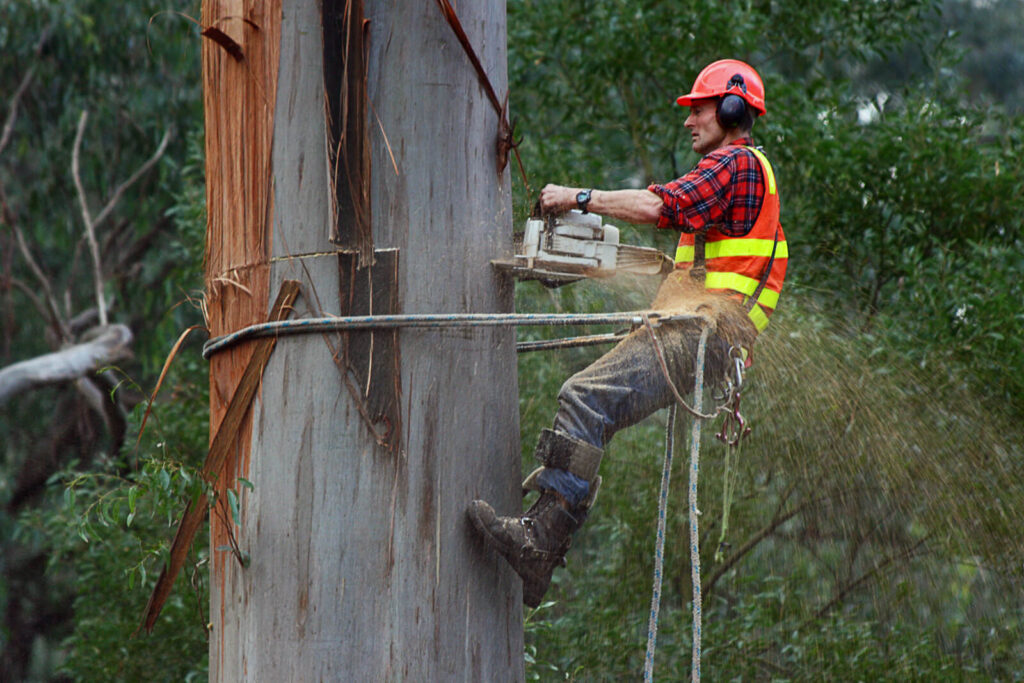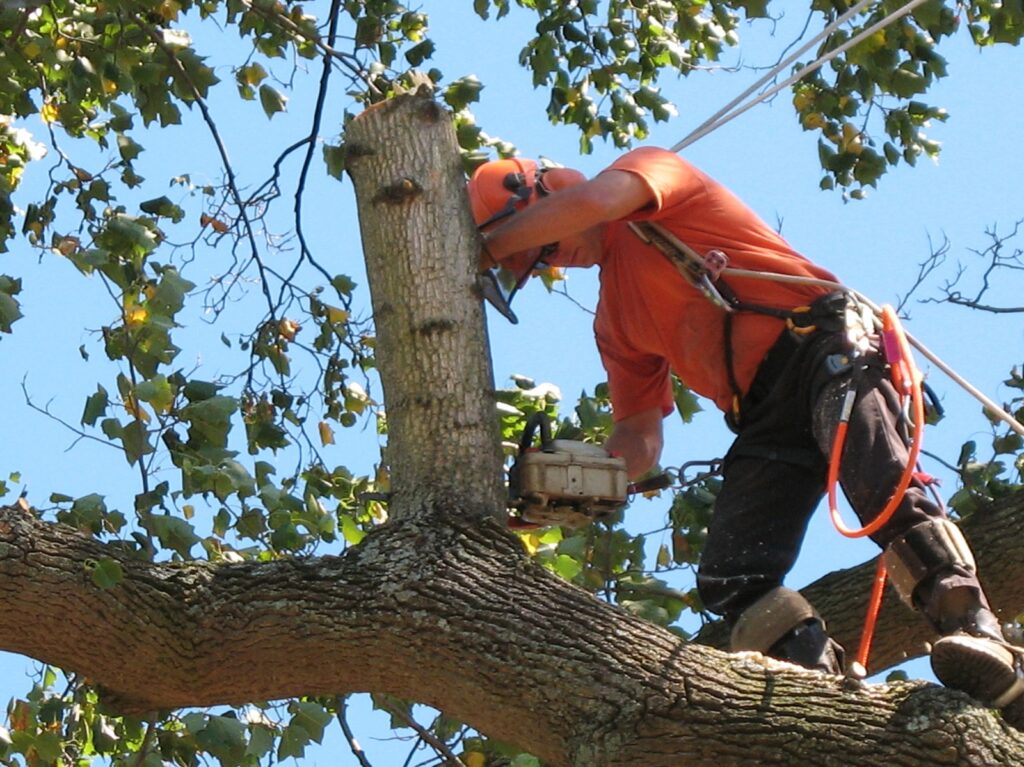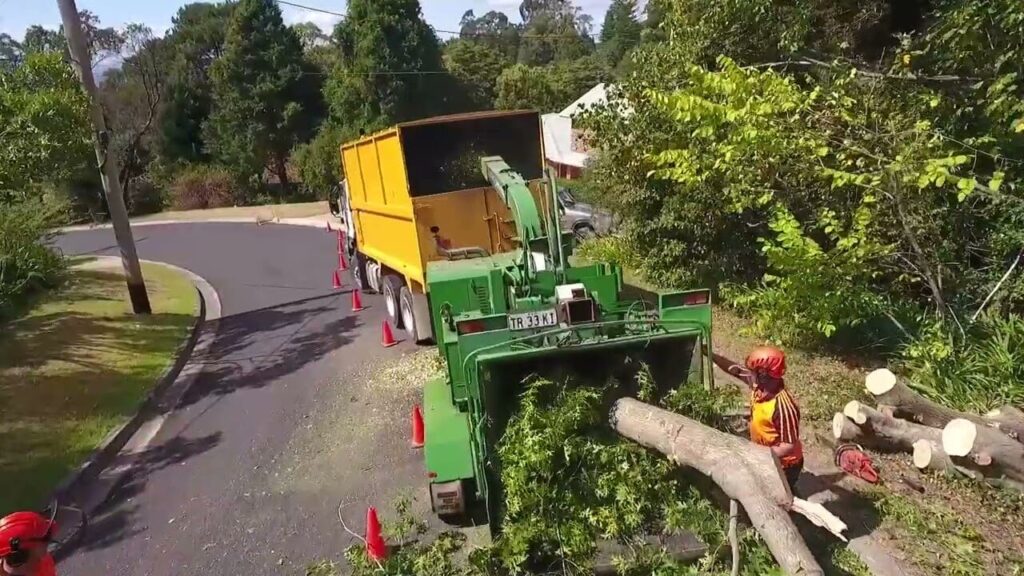The North Shore landscape is a natural treasure, known for its lush forests and scenic beauty. However, ensuring the preservation of this landscape requires responsible tree removal practices. Understanding the importance of tree removal is crucial in maintaining a healthy and balanced ecosystem.
Understanding the Importance of Tree Removal
Trees play a vital role in the North Shore landscape, providing numerous benefits to both the environment and communities. They enhance air quality, absorb carbon dioxide, and release oxygen into the atmosphere. Trees also provide shade, reducing energy consumption and mitigating the effects of urban heat islands. Moreover, they provide habitats for countless species of birds, insects, and other wildlife.
However, there are situations where tree removal north shore, becomes necessary. Whether due to disease, decay, or the risk posed to property and people, identifying trees for removal is a crucial step in responsible land management.
The Role of Trees in the North Shore Landscape
Trees are not mere ornaments in the North Shore landscape; they are an integral part of the ecosystem. Their roots stabilize the soil, preventing erosion and landslides. They also act as natural buffers, filtering pollutants from the air and reducing noise pollution. Additionally, trees provide aesthetic value, enhancing the beauty of the surroundings.
See Also: A Guide to Tree Removal in Sydney’s Inner West

Furthermore, trees contribute to the overall health and well-being of the community. Research has shown that spending time in nature, such as parks or wooded areas, can have a positive impact on mental health. The presence of trees in residential areas has been linked to lower stress levels and improved overall quality of life.
Moreover, trees provide valuable economic benefits. They increase property values, making neighborhoods more desirable. Studies have shown that homes with well-maintained trees and landscaping can sell for higher prices compared to those without. Additionally, trees provide shade, reducing the need for air conditioning during hot summer months and lowering energy costs for homeowners.
The Environmental Impact of Irresponsible Tree Removal
Irresponsible tree removal can have severe environmental consequences. Deforestation disrupts the delicate balance of the local ecosystem, affecting water cycles and biodiversity. It can lead to soil degradation, loss of habitats, and the decline of local flora and fauna. Therefore, responsible tree removal techniques are essential to minimize the environmental impact.
When trees are removed without proper planning and consideration, it can result in soil erosion. The roots of trees help hold the soil in place, preventing it from being washed away during heavy rains. Without trees, rainwater can cause significant damage, washing away topsoil and increasing the risk of flooding.
In addition to soil erosion, irresponsible tree removal can also lead to an increase in carbon dioxide levels. Trees absorb carbon dioxide during photosynthesis, helping to mitigate the effects of climate change. When trees are removed, this natural process is disrupted, resulting in higher levels of carbon dioxide in the atmosphere.
Furthermore, the loss of trees can have a negative impact on wildlife. Trees provide food and shelter for many species, including birds, insects, and mammals. Removing trees can disrupt their habitats and lead to a decline in biodiversity. This can have far-reaching consequences for the entire ecosystem, as each species plays a unique role in maintaining the balance of nature.
In conclusion, while trees are invaluable assets to the North Shore landscape, there are situations where tree removal becomes necessary. Responsible tree removal techniques are essential to minimize the environmental impact and ensure the long-term health and sustainability of the ecosystem. By understanding the importance of tree removal and implementing responsible practices, we can strike a balance between the benefits of trees and the need for responsible land management.
Identifying Trees for Removal
Recognizing signs of tree disease and decay is crucial in identifying trees that require removal. Common symptoms include extensive deadwood, fungal growth, and leaf discoloration. Additionally, assessing tree risk to property and people is vital for ensuring public safety. Trees that pose a risk of falling or causing damage during severe weather events should be considered for removal.
When it comes to tree removal, it is important to have a keen eye for signs of disease and decay. These signs can manifest in various ways, and being able to identify them can help determine which trees need to be removed. One of the most common signs is extensive deadwood. When a tree has a significant amount of dead branches, it can be an indication of underlying issues. Fungal growth is another telltale sign. If you notice mushrooms or other types of fungi growing on the trunk or branches of a tree, it may be a sign of decay. Lastly, leaf discoloration can also be an indicator of tree disease. If the leaves are turning yellow, brown, or black, it could be a sign that the tree is not healthy and may need to be removed.
Signs of Tree Disease and Decay
Tree diseases can manifest in various ways. Look for unusual leaf patterns, thinning foliage, or premature leaf drop. Examine the trunk for cracks, cavities, or large dead branches. Fungi growing on the trunk or branches may also indicate decay. If you notice these signs, it is crucial to consult a certified arborist for further assessment.
Unusual leaf patterns, thinning foliage, and premature leaf drop are all signs that a tree may be suffering from a disease. If you notice that the leaves on a tree are not developing as they should, or if the foliage seems to be thinning out, it could be an indication of an underlying issue. Additionally, if the leaves are dropping prematurely, it may be a sign that the tree is not able to sustain itself.
When examining the trunk of a tree, be on the lookout for cracks, cavities, or large dead branches. These can all be signs of decay and can weaken the overall structure of the tree. If you notice any of these signs, it is important to consult a certified arborist for further assessment. They will be able to determine the extent of the decay and advise on the best course of action.
Assessing Tree Risk to Property and People
Consider the proximity of trees to buildings, power lines, and roads. Look for signs of leaning or root damage caused by construction or excavation. Trees with large, overhanging branches that pose a risk of falling on structures or pedestrians should be evaluated for removal.
When assessing the risk that a tree poses to property and people, it is important to consider its proximity to buildings, power lines, and roads. If a tree is too close to any of these structures, it may need to be removed to prevent potential damage. Additionally, signs of leaning or root damage caused by construction or excavation should not be ignored. These can weaken the stability of the tree and increase the risk of it falling.
Another important factor to consider is the presence of large, overhanging branches. If a tree has branches that extend over structures or pedestrian areas, there is a risk of them falling and causing harm. These trees should be evaluated for removal to ensure the safety of the surrounding area.

Responsible Tree Removal Techniques
When it is necessary to remove trees, employing safe tree cutting methods is of utmost importance. Professional arborists are trained in techniques that minimize damage and ensure the safety of all involved. They utilize proper equipment and follow industry best practices.
Tree removal is a complex process that requires careful planning and execution. Arborists assess the tree’s health, size, and location to determine the most appropriate cutting method. They consider factors such as nearby structures, power lines, and the overall condition of the tree.
One commonly used technique is directional felling, which involves strategically cutting the tree in a way that directs its fall. Arborists carefully analyze the tree’s lean, weight distribution, and surrounding obstacles to ensure a controlled descent. This method requires skill and precision to avoid any damage to property or injury to people.
For larger trees or those in confined spaces, sectional dismantling may be the preferred method. This technique involves removing the tree in sections, starting from the top and working downward. Arborists use ropes, pulleys, and appropriate safety gear to carefully lower each section to the ground. By dismantling the tree in this manner, they can ensure the safety of nearby structures and people.
Disposal and Recycling of Tree Waste
After tree removal, responsible handling of the tree waste is crucial. Arborists understand the importance of minimizing environmental impact and strive to dispose of tree debris in an eco-friendly manner.
Recycling tree waste is an effective way to reduce landfill waste and promote sustainability. Wood from the tree can be repurposed into lumber, providing a valuable resource for construction and woodworking projects. By salvaging the wood, arborists contribute to the conservation of natural resources.
Another common use for tree waste is mulch. Branches and smaller pieces of wood can be chipped and processed into mulch, which is then used for landscaping and gardening purposes. Mulch helps retain moisture in the soil, suppresses weed growth, and improves overall soil health.
In addition to wood, branches, and leaves, arborists also consider the potential for composting. Composting tree waste allows organic matter to decompose naturally, creating nutrient-rich soil amendments. This compost can be used to enrich gardens, promote plant growth, and reduce the need for chemical fertilizers.
It is important for tree waste disposal to comply with local regulations and environmentally friendly practices. Many communities have specific guidelines for the disposal of tree debris, including designated recycling centers or composting facilities. Arborists work closely with these facilities to ensure proper disposal and recycling of tree waste.
In conclusion, responsible tree removal techniques involve careful planning, skilled execution, and environmentally conscious disposal of tree waste. By following industry best practices and considering the potential for recycling and composting, arborists play a vital role in preserving our natural resources and maintaining a sustainable environment.

Legal and Ethical Considerations in Tree Removal
Responsible tree removal also requires an understanding of local tree protection laws. Different municipalities may have regulations in place to safeguard the urban forest. It is important to comply with these laws to avoid legal complications and promote ethical land management.
Understanding Local Tree Protection Laws
Familiarize yourself with the specific tree protection laws in your area. Some laws prohibit the removal of certain tree species, while others require obtaining permits for tree removal. Adhering to these laws ensures the preservation of native species and promotes sustainable urban development.
Balancing Property Rights with Environmental Responsibility
While property owners have the right to manage their land, it is important to strike a balance between property rights and environmental responsibility. Responsible tree removal practices help maintain the value and integrity of the landscape, benefiting both the individual property owner and the wider community.
The Role of Professionals in Tree Removal
For complex tree removal tasks, it is advisable to hire certified arborists or professional tree service providers. Their expertise ensures that tree removal is conducted safely, efficiently, and with minimum impact on the surrounding environment.
When to Hire a Certified Arborist
Certified arborists possess specialized knowledge and training in tree care. They can assess tree health, recommend appropriate treatments, and safely remove trees when necessary. Engaging a certified arborist is particularly important for large, mature trees or when dealing with challenging removal scenarios.
The Benefits of Professional Tree Services
Professional tree services offer a range of benefits to property owners. Beyond proper tree removal, they can provide tree pruning, stump removal, and tree health assessments. Regular maintenance and care not only ensure the safety and aesthetic appeal of your property but also contribute to the overall health and sustainability of the North Shore landscape.
By adopting responsible tree removal practices, we can preserve the North Shore landscape for future generations. Understanding the importance of tree removal, identifying trees for removal, utilizing responsible techniques, and involving professionals when needed all contribute to maintaining a healthy and thriving ecosystem. Let us work harmoniously with nature while preserving the beauty of our remarkable North Shore landscape.

